Major changes in real estate, final thoughts
Looking back over the past 32 years we’ve been writing this column, there have been some incredible technological and financial advances that have changed the way literally everyone searches for, pays for, and closes on residential real estate.
In this last installment, which is Real Estate Matters column No. 1,701 (for those of you keeping track at home), we thought we’d look at some of the major market events as well as a few significant demographic and social changes that have occurred during that time.
In 1993, when Ilyce started writing this column, mortgage interest rates dropped below 7% for the first time in decades. This triggered a massive refinancing wave as homeowners rushed to lock in these rates. And, that turned out to be the high point for interest rates until very recently, as mortgage rates began dropping all the way down to about 2.65% for a 30-year fixed-rate mortgage back in 2021 during the pandemic.
In addition, various government and private initiatives were launched to help first-time homebuyers take advantage of the low rates, pushing homeownership rates higher. In 1994, Ilyce published the first edition of her book, “ 100 Questions Every First-Time Home Buyer Should Ask” (now in its fourth edition).
The residential real estate market was bubbling along nicely when, in the early 2000s, no-doc and stated income loans became “a thing.” That led to:
1. The Great Recession and housing crisis (2007-2012). Subprime mortgages were sold as high-quality loans, which went bad during the Great Recession, when millions of people lost their jobs and then lost their homes. Ilyce recently met an older millennial who shared that she, like so many others in her generation that came of age during this time, is still emotionally and financially traumatized from watching her family lose everything.
2. Post-crisis credit tightening (2008-2012). After millions of people started losing their homes to foreclosure, lenders implemented drastic changes to their lending standards, making it extremely difficult to qualify for a loan with anything other than a W-2. As a result, FHA became a lender of choice for many, increasing its share of residential loans. That worried Congress, because the U.S. backed FHA loans. So, Congress enacted some rules to help prevent a taxpayer bailout of the FHA.
3. The Consumer Financial Protection Bureau (2010). Worried that consumers were not well-protected enough, Congress created the Consumer Financial Protection Bureau (CFPB), which officially opened its doors as an independent agency on July 21, 2011.
The CFPB instituted new lending regulations and a requirement that lenders must review a borrower’s ability-to-repay a loan. It implemented rules that made it harder to qualify for a loan if you didn’t have the ability to repay it.
In the past 14 years, according to the CFPB’s own website, the CFPB has returned over $21 billion to consumers in monetary compensation, principal reductions, canceled debts, and other enforcement and supervisory work, helping an estimated 205 million consumers or consumer accounts.
It has taken major enforcement action against financial giants, such as requiring Wells Fargo to pay $2 billion in restitution and canceled debts plus a $1.7 billion fine for widespread fraud involving auto loans, mortgages, and deposit accounts, and ordering Bank of America to pay more than $100 million for systematically double-dipping on fees and opening unauthorized accounts.
The CFPB has helped nearly 23 million people remove at least one medical debt collection from their credit reports, has processed 6.8 million consumer complaints, and led to most large banks eliminating non-sufficient funds (NSF) fees, which is estimated to save consumers $2 billion annually.
4. Impacts from the COVID-19 pandemic (2020-2022). The U.S. housing market didn’t really recover from the housing crisis until around 2015. Five years later, the COVID-19 pandemic began, bringing record-low interest rates and a dramatic shortage of all types of housing. In addition, remote work became prevalent, driving relocations. And, loan forbearance programs became the norm.
Finally, the list of major events that have shifted real estate wouldn’t be complete without a quick look at some the big demographic and social changes that continue to have an impact, including:
1. Millennials (finally) becoming homebuyers (2015-present). Millennials, currently the largest generation, have finally entered their prime homebuying years. When Ilyce started writing this column, the average age of a first-time buyer was around 26. Today, it’s over 36. Millennials, also known as Generation Y, were born between 1981 and 1996 and are now between 29 and 44 years old. Their preferences for using technology has shifted the homebuying process, forcing brokers, lenders, inspectors and others to embrace new ways of doing business.
2. Investor activity explosion (2010s-2020s). When individual homebuyers couldn’t purchase all of the foreclosures caused by the housing crisis, institutional investors, house flippers, and cash buyers stepped in, significantly increasing their market share. That included homes and condominiums used for short-term rentals (AirBnB and VRBO). Today, institutional investors fund build-to-rent developments, which are likely to lock out a not significant portion of Americans from ever owning a home.
3. Climate change adaptation (2010s-present). Finally, flood insurance has become a bigger issue and more of a concern to homebuyers. Premium prices are skyrocketing, particularly for homes located along the U.S. coastline or in flood zones, or those areas at high risk for wildfires. Homebuyers are looking for ways to reduce the cost of their insurance, along with ways to lower the cost of energy in general. Energy efficient heating and cooling systems, appliances, solar panels, and the prospect of drained aquifers has pushed local governments to assess building standards and how they can encourage builders to build more climate-resilient homes while enacting more climate-friendly policies.
Both sets of changes collectively transformed real estate from a largely local, relationship-based industry into a technology-driven, nationally integrated market with sophisticated financial products and data analytics.
We can’t wait to see what changes the next 30 years will bring.
========
(Ilyce Glink is the author of “ 100 Questions Every First-Time Home Buyer Should Ask (4th Edition).” She writes the Love, Money + Real Estate Newsletter, available at Glink.Substack.com. Samuel J. Tamkin is a Chicago-based real estate attorney. Contact Ilyce and Sam through her website, ThinkGlink.com.)
©2025 Ilyce R. Glink and Samuel J. Tamkin. Distributed by Tribune Content Agency, LLC.
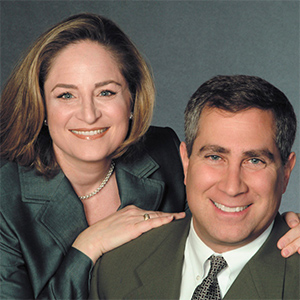






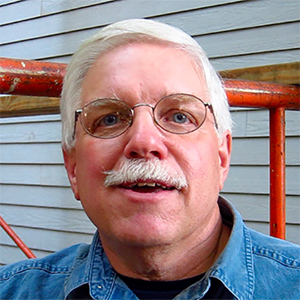
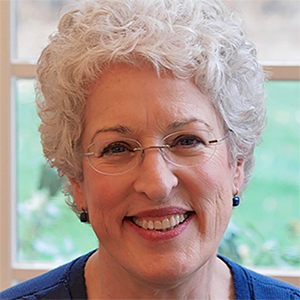

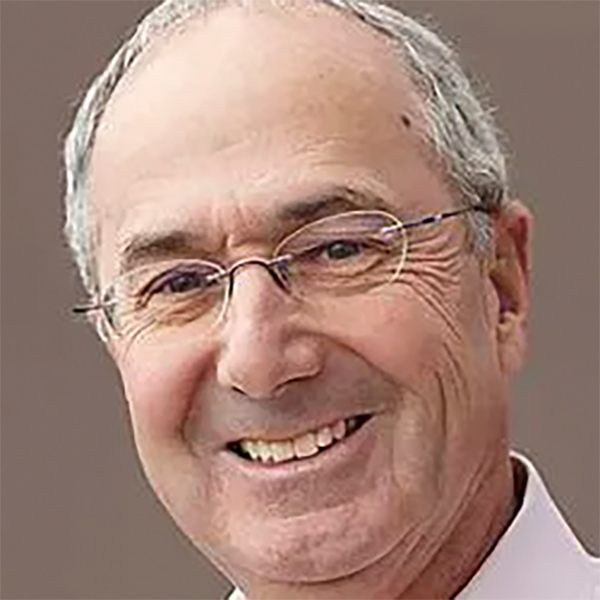
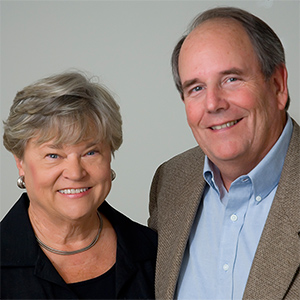



















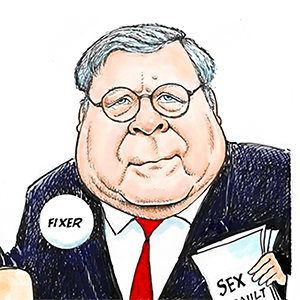

Comments